You may have read our recent blog post about gummies, and thought “yeah, I can see my kid eating that but they would never eat _______” (fill in the blank with whatever gross thing you can think of). But every year the Maryland Poison Center receives thousands of calls about people, including many children, who did in fact eat something many of us think would be gross. Sometimes the child really likes it and goes back for more! You may have also read the first part of this series and learned about other items adults think are gross but many kids have eaten. As I write this blog, I have already received calls about children ingesting essential oils, an energy drink, the contents of a silica gel packet, sunscreen, hair spray, diaper rash cream, and gummy vitamins! And that was just the first part of my shift at the Maryland Poison Center! Let’s look at three things kids get into that many of us adults think would taste terrible.
Diaper Rash Cream
There are many diaper rash creams available both by prescription and over the counter. Whether it’s a name brand — Desitin®, Triple Paste®, Boudreaux’s Butt Paste®, A+D — or a prescription Nystatin cream, these products are found in the homes of many young children who are in the exploratory phase of their development. Many of these products do not have child resistant packaging (like lids that lock into place) and are kept on changing tables or in a child’s room within easy reach. Most of these products are safe when children have a taste, even if there are multiple tastes. The cream can be hard to get out of the mouth or off the skin. They are made to stick to the diaper area after all. The first thing to do if you find evidence of your children ingesting diaper rash cream is to get the product away from the child and clean them up as best as possible. Wash areas that can be washed with soap and water, wipe out their mouth with a towel wet with water, brush their teeth, tongue, and cheeks with a toothbrush and toothpaste, and then call Maryland Poison Center. Have the container available when you call, as a poison specialist may ask you to read off the ingredients. Some ingredients could be more concerning than others if swallowed, but most are expected to only have minor effects if ingested. If your child ate a topical cream, call the Maryland Poison Center at 1-800-222-1222 to talk to one of our experts about what symptoms to watch for.
Desiccant Packets
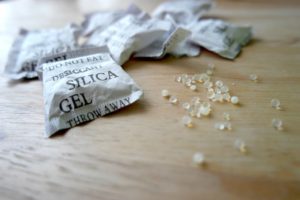
These little moisture adsorbing pellets or powders are packed in a tiny pouch and found in the packaging of common items including new shoes, toys, and foods. They are put into the packaging of some items to absorb moisture or humidity around the item. They are made of ingredients such as silica gel, activated charcoal, calcium chloride, magnesium perchlorate, or phosphorus pentoxide. It might seem scary when someone eats the contents (or the entire pack), after all it does say “Do not eat” all over it, but they are usually not problematic. If the child is acting themselves, give them a drink of water. Some of the products can be irritating to the mouth and throat, so giving some milk or juice to drink can help with this. The packs can be a choking hazard if they are caught in the throat, but most people pass them just fine. If the person is choking, the Mayo Clinic recommends that you “bend the person over at the waist to face the ground. Strike five separate times between the person’s shoulder blades with the heel of your hand. If back blows don’t remove the stuck object, give five abdominal thrusts, also known as the Heimlich maneuver.” Then call 911. If your child is having difficulty breathing call 911, otherwise you can reach the specialists at the Maryland Poison Center 24 hours a day, 7 days a week at 1-800-222-1222.
Household Cleaning Products
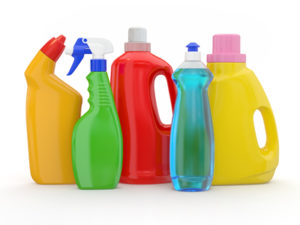
Household cleaning products are commonly involved in unintentional ingestions in both children and adults. In fact, they were the second leading cause of poisoning reported to the Maryland Poison Center in 2023. It’s easy to see how people can unintentionally drink a cleaning product. Some common examples are when bleach is stored improperly in a disposable water bottle, or a child thinks a cleaner is juice and takes a gulp because they see the enticing color of a cleaner under the sink. This is why it is important to store cleaning products in their original labeled container and kept up, away, and out of sight from children (preferably in a locked cabinet if possible). A small ingestion of cleaning products may result in minor upset stomach, mouth or throat irritation, and possibly some vomiting. Other cleaners may have ingredients that can cause significant problems and need medical attention right away. If your child drank a cleaning product, give them water to drink if they can swallow, are not vomiting, and are not having difficulty breathing. Then call the Maryland Poison Center for more advice. Make sure to have the cleaning product close by when you call to give the poison specialist as much information about the product as possible. Depending on the cleaner ingested, you may be instructed to give more water or milk and monitor your child at home, to call 911, or to take your child to the emergency room. It is scary when your child drinks a cleaning product, but it is important to stay as calm as possible to help the poison specialist determine what steps need to be taken. If someone is having difficulty breathing after exposure to a cleaning product, call 911. If you suspect your child ingested a cleaning product and is only having mild symptoms, call the Maryland Poison Center at 1-800-222-1222.
We hope you enjoyed part two of this series. As always, the Maryland Poison Center is available 24/7 by calling 1-800-222-1222. Calling is always free and confidential.
Becka Mestas, PharmD
Certified Specialist in Poison Information

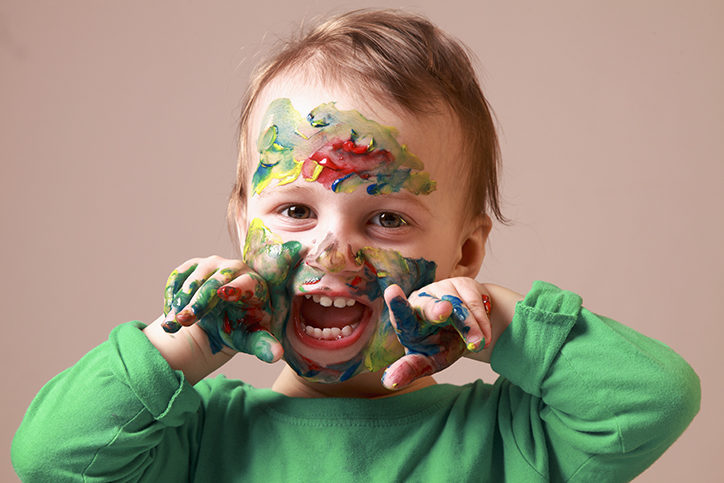
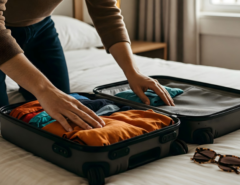
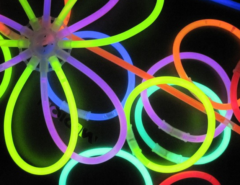
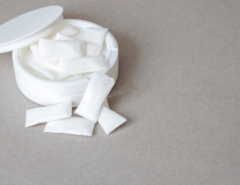
Leave a Reply